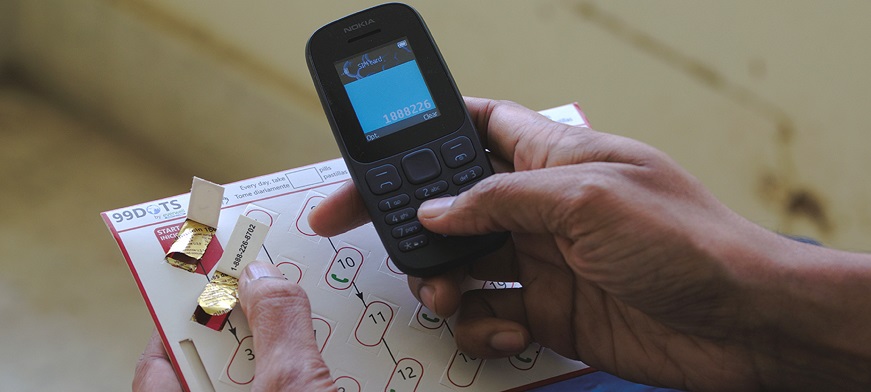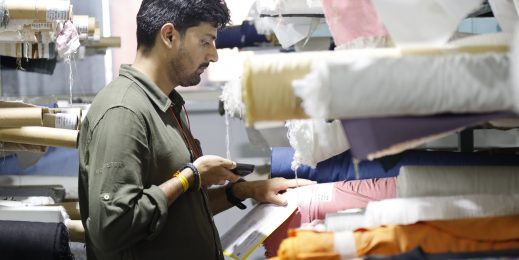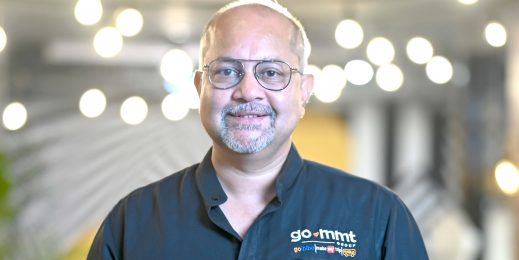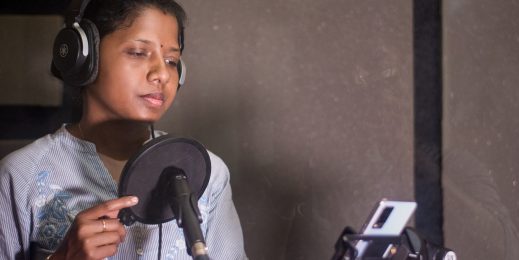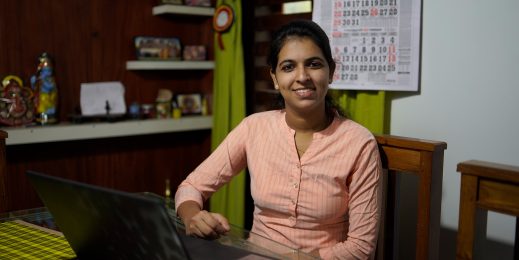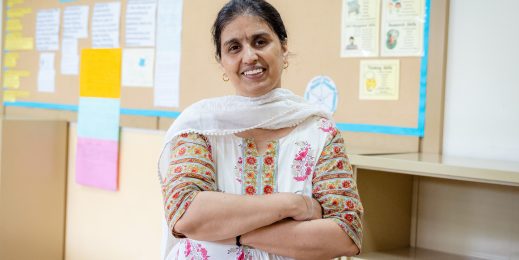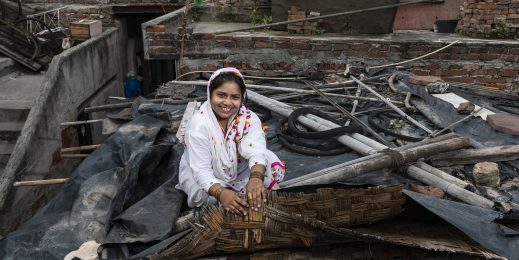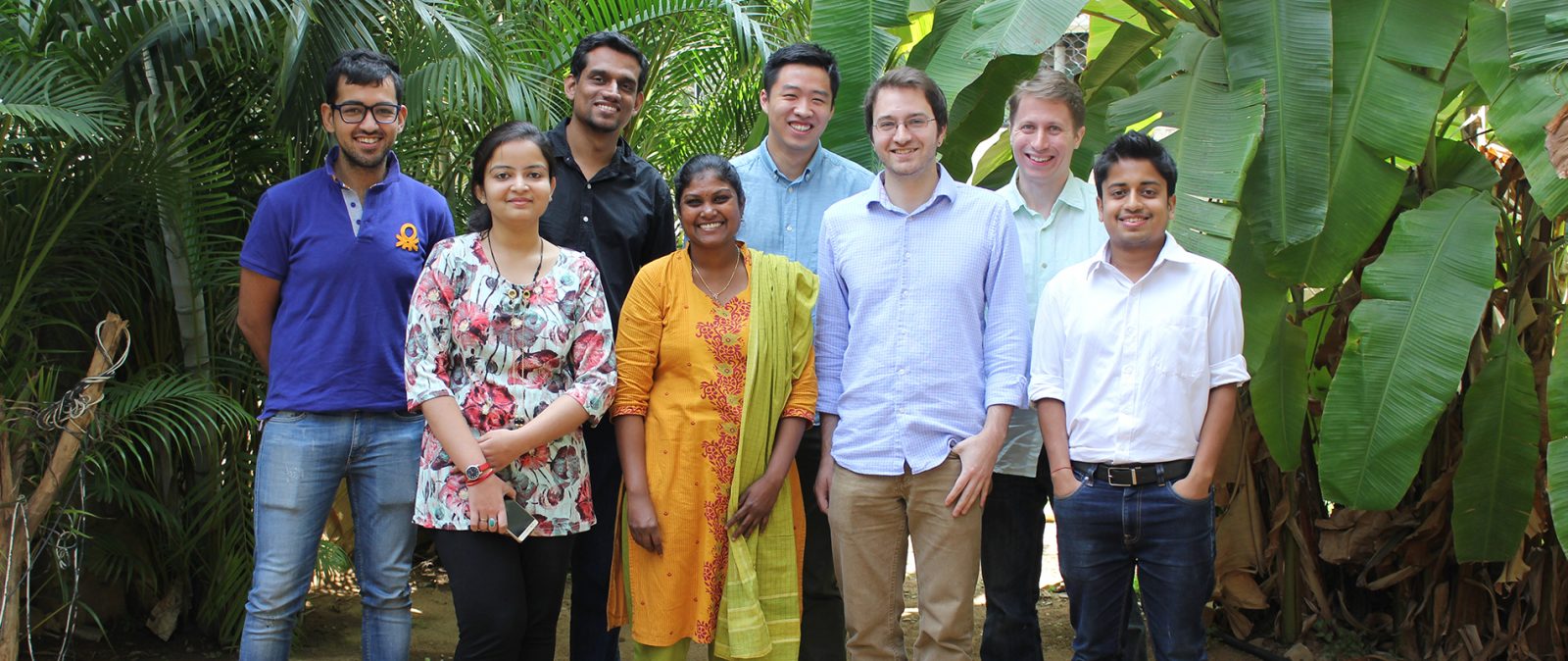
How 99DOTS is saving Tuberculosis patients with low-cost tech innovations
Tuberculosis (TB) is one of the top 10 causes of death globally, with 10.4 million people falling ill with the disease and 1.7 million TB-related deaths reported in 2016 alone. According to the World Health Organization, India leads the count for the occurrence of TB in the world even though free and effective medications are available. Even though TB is curable and preventable, over 95% of TB deaths happen in low and middle-income countries.
“One of the biggest barriers to recovery from TB is medication adherence,” explains Microsoft Researcher Bill Thies, who is also the Chairman and Co-founder of Everwell Health Solutions, a Bangalore-based healthcare start-up. “Patients have to take daily drugs for a full six months, or else they do not fully recover, and are at risk of developing drug resistance. While medication adherence might sound like a simple problem, it turns out to be an enormously complex and heavily studied multi-disciplinary problem. If patients start feeling better after a few weeks, how can we convince them to take toxic drugs for another five months – especially if patients have little or no understanding of germs and antibiotic resistance?”
Chasing the elusive holy grail
The popular recommended practice to ensure medication adherence is Directly Observed Treatment or DOTS, which involves the patients going to a healthcare centre where they ingest the medication in front of a health worker. As it was implemented at the start of their work, patients needed to visit the centre three times per week for the first two months and once a week for the remaining four months. The system involves an unnecessary burden on the patients, who are typically from low-income groups– every visit means travel expense and loss of work. Visiting a healthcare centre also has a stigma associated with it, which leads to patients dropping off from the monitoring system.
Thies and his colleagues working on technology for emerging markets (TEM) at Microsoft Research in Bangalore had been studying TB since 2008. It was sometime towards the end of 2013 when he teamed up with Microsoft Research Program Manager and TEM collaborator, Andrew Cross, to see if technology could help solve the medication adherence problem among TB patients in India. They called their project 99DOTS.
“In our conversations with colleagues we understood that this adherence problem is getting bigger and the holy grail would really be how can we get a signal from a patient in a low burden way that helps identify when they are at risk,” says Cross, who is now the CEO and Co-founder of Everwell Health Solutions.
In developed countries companies were looking at electronic pills, which could be tracked with expensive gadgets or a connected pill dispenser that would remind patients to take the pills and send a signal to the backend system every time the box dispensed a pill and meant the patients had the pill in their hand, which was a proxy signal for the patient ingesting the pill. But the smart pill dispensers were expensive and could cost as much as $100, which was out of reach for most TB patients in India.
The other option was SMS but literacy level in the target population was a challenge. “Through years of ethnography and field studies, we found that solutions based on SMS will not work in low-literate populations. At most, one can rely on a basic phone and numeracy as opposed to literacy,” says Thies.
The duo realized that they needed to develop a low-cost, widely accessible technology solution specifically for India, which would be free for the patients. The answer, in hindsight a seemingly obvious one, was staring at their faces.
A missed call also sends a message
The practice of giving a missed phone call – where the caller would terminate the call before the recipient could pick up – gained prominence in India with the advent of cellphones, which had higher outgoing call rates than landlines. People would give a “missed call” to another person, who’d call back from a landline. The routine continued even after cellphone calling rates dropped, as majority of users were on prepaid plans with limited calling minutes. Users could give a missed call to send a pre-agreed message, such as they’ve reached their destination, without spending any money.
Marketing and advertising companies also cashed in on the practice, where they could push their audiences to give them a missed call to receive their brand’s message. But could a missed call also save lives?
While they had figured out missed calls as a viable option for getting a signal from patients that they had taken their medication for the day, the bigger challenge was how to disseminate the phone numbers on which they’d call. They had to ensure that the patients called only after they had taken their medication and that they could not game the system.
“The TB medications come in clear blister packaging, so for the first trial we wrote the phone numbers by hand in mirror image, so the patients could not see the numbers from the outside. We covered it with nail paint to ensure they could only see the number when they cracked open the foil and took the pill out,” Cross recalls.
In early-2014, the 99DOTS team started a small pilot with 20 patients in collaboration with researchers at St. John’s Medical College in Bangalore. To test their hypothesis, they gave 10 patients pills with a random sequence of phone numbers that would be revealed as they take the pill out, while the remaining 10 had to call the same number every day. They found examples where patients admitted they called the fixed number without taking their medication while they were traveling. In those instances, the reminders were a prompt to call a number rather than take their medication. This finding reinforced the benefit of revealing the numbers to call only after patients dispensed the medication.
After seeing some good results, the team applied for funding with Global Challenge for TB Control, which is funded by the Bill and Melinda Gates Foundation, USAID, and UKAID, and supported by an India-based organization called IKP, to champion innovation in TB control in India. In parallel, they also did a pilot in the state of Bihar with another NGO, called Innovators in Health.
As 99DOTS scaled up, the team could not continue with handwritten phone numbers on pill packages anymore. They looked at inspiration from the pharmaceutical industry and noticed that many medicines came in secondary cardboard envelopes. The team designed their own cardboard envelope that had perforation for the pills, under which the phone numbers were hidden.
They also needed a scalable way to receive the calls that gave the same experience as missed calls, should the telecommunications companies no longer allow that feature. So, they worked with mobile providers to rent toll-free lines for patients to call which remained completely free for patients. They could now call the toll-free numbers even when they had zero balance on their prepaid plan and get a pre-recorded voice prompt that confirms their call got registered.
They created a computer science model where they could check the sequence of phone numbers called by patients, which provided a strong signal that they were taking medication as directed. They also developed an SMS reminder system for patients when they did not take their medication as well as a dashboard and escalation system for healthcare workers and government agencies where they could monitor the progress of patients under their care and find out patients who were at risk.
The spin off
The funding from Global Challenge for TB Control also introduced the 99DOTS team to the Revised National Tuberculosis Control Programme (RNTCP) as they were piloting a new drug form factor called the daily-dose fixed-dose combination (FDC) with patients that were co-infected with TB and HIV. They invited 99DOTS to deploy its solution in 30 high-burden ART centres across south and central India. Impressed by the success, in October 2016 99DOTS was expanded to cover every TB-HIV co-infected patient across the country, which meant about 45,000 patients a year spread across over 500 ART centres.
“99DOTS gives the patients the freedom and ownership of their treatment. They are able to take the medication wherever they are, and it also provides them the privacy of not having to visit a health centre. Unlike DOTS, which treats every patient the same way, we can identify patients who don’t need monitoring and focus on only those patients who are at risk, and therefore focus the limited resources of the healthcare sector to outreach and counsel those patients,” Cross explains.
By now 99DOTS had reached a scale beyond a research project and had enough funding to get into the implementation mode. Thies and Cross spun-off 99DOTS from a Microsoft Research project to Everwell Health Solutions. They started focusing on creating the training materials as well as a broader field team that would follow up with the healthcare staff. They also scaled up their dashboard and the technology behind it.
“At Microsoft Research, our goal is to impact not only computer science, and not only Microsoft as a company, but also to solve some of society’s most challenging problems. 99DOTS is a great example of such a project, where we’ve invented very simple but unusually effective technology to solve a global health problem. And we are making this technology openly available to the global health community,” says Sriram Rajamani, Managing Director, Microsoft Research India.
ALSO READ: Bringing together an AI network for eyecare to prevent avoidable visual impairment
In February 2017, 99DOTS hit yet another milestone, when it got its first government pilot for TB-only patients, which is a much larger group, for all TB patients in Mumbai. With this, they reached out to as many as 25,000 patients a year in Mumbai alone. The team witnessed early success and seven months later was invited to support patients across five states – Bihar, Kerala, Himachal Pradesh, Maharashtra, and Sikkim – to monitor all TB patients, which would mean approximately 250,000 patients every year.
They have also piloted 99DOTS in Myanmar and have several early-stage conversations in other countries with high TB-burden excited to pilot 99DOTS.
Connecting the dots
From a modest pilot involving just 20 patients, 99DOTS has enrolled over 93,000 patients in just four years with 41,000 patients currently under treatment. During the journey the team learned along the way.
“We found out that the benefit of using a toll-free call as a mechanism is that if the patient does not have exclusive access to a phone, it becomes a family activity – when the family member who has the phone gets a reminder message and gets involved in the patient’s treatment,” says Cross.
“Technology that is designed only in a lab, or only for technology’s sake, is unlikely to meet the needs of real users. We need to fail often, and fail fast, to find the solutions that really matter,” says Thies.
What also worked for the 99DOTS team was the close collaboration with key government agencies, which were willing to experiment with small scale deployments before rolling them out widely. “We interacted closely with the Central TB Division and National AIDS Control Organization to pilot and scale-up 99DOTS. It has been critical to have government voices involved from the beginning, to ensure that the protocols demanded by our technology are feasible and acceptable in government treatment centres,” Thies adds.





